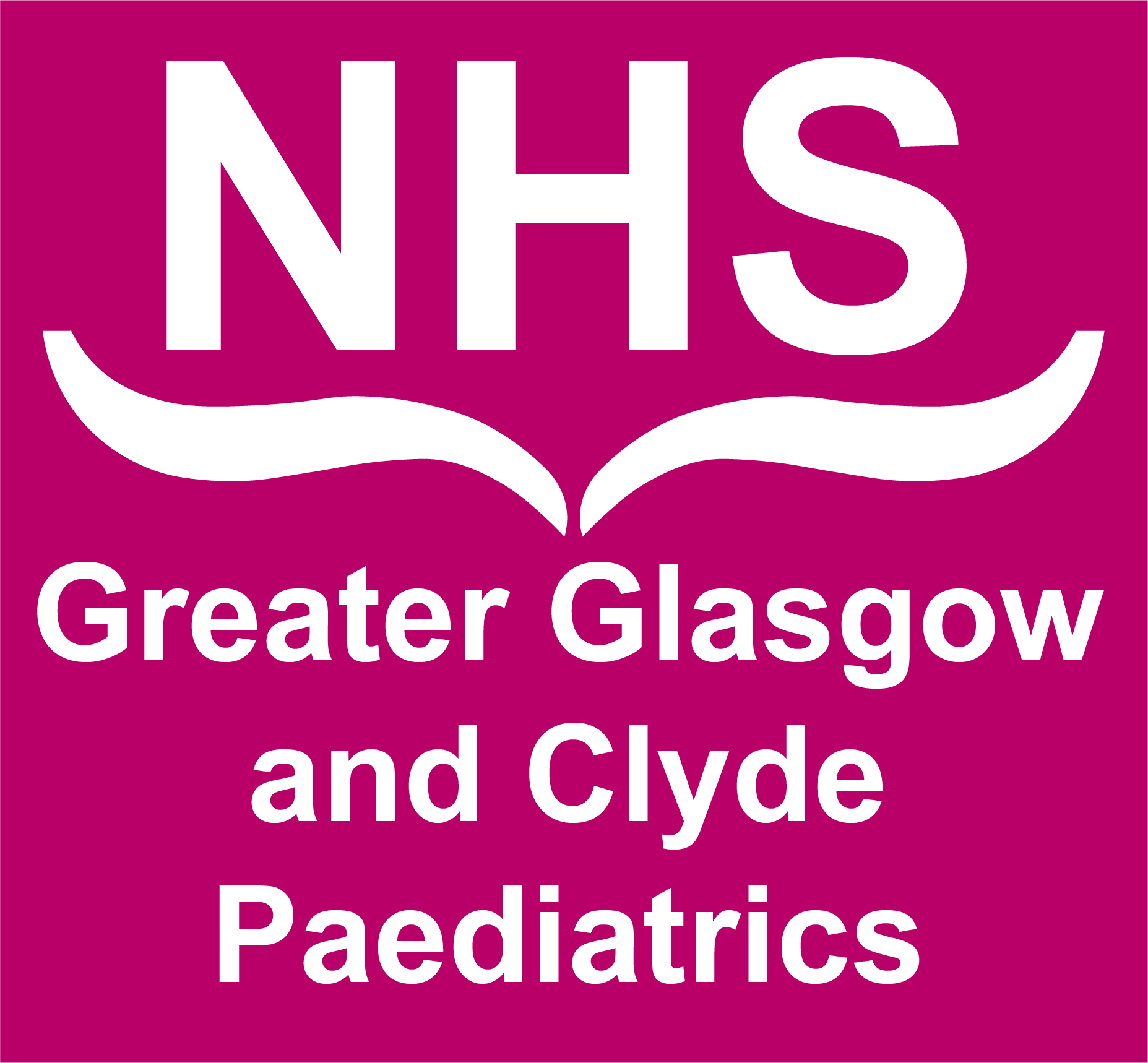Ask about aspiration
Ask about coughing and choking on fluids and recurrent chest infections. Aspiration requires early aggressive management to preserve lung function.
Action: Consider Speech and Language Therapy (SLT) clinical swallow assessment and videofluoroscopy.
Ask about salivary stimulants
Most children who drool do so because they have poor oral motor control and/or sensory awareness rather than because there is too much saliva. Genuine hypersalivation does occasionally occur. Saliva may be stimulated by certain drugs, including the benzodiazepine group particularly nitrazepam, and also by habitual finger-chewing, gastro-oesophageal reflux and dental caries.
Action: Check medications to exclude medication-induced hypersalivation. Consider deferring specific treatment of drooling if a child is being weaned off nitrazepam as it may improve once they are off the drug. Reflux, dental caries and finger chewing should be addressed on their own merits.
Ask about (and examine for) open-mouth posture
Children who habitually sit with their mouths open will be more prone to drool. Nasal obstruction (adenoid hypertrophy, allergic rhinitis) should be specifically examined for and treated. Dental malocclusion is another important cause of open-mouth posture, but orthodontic treatment may have to wait until the permanent dentition have erupted. Many children with neurodevelopmental disorders will have an open mouth posture because of poor muscle tone.
Action: Consider a trial of topical nasal steroids, non-sedating antihistamines or saline nasal douching for nasal obstruction. ENT referral may be required for adenoidectomy. Orthodontic advice should be sought for malocclusion.
Address the child’s posture
This is particularly a problem for children who are wheelchair users. If they are habitually sitting forward in the chair then drooling will be exacerbated because a stable body posture is necessary for development of independent movement of the jaw, lips and tongue and therefore ability to control saliva. Improving their position in the chair can make a huge difference to day-to-day symptoms. Equally, constructing a small wooden riser for the desk can allow them to use a computer or writing materials in an upright position rather than leaning over and this can also be beneficial. Be aware that some posture changes may increase the risk of aspiration.
Action: Consider liaising with the chair provider, physiotherapists and occupational therapists about seating position
Ask about speech and chewing
There is a small group of children with specific oral motor control issues in the absence of other major developmental delay. They may have difficulty chewing solid food and may even resort to moving food around their mouth with a finger. They may have indistinct speech due to poor articulation. We might label them as having an oral motor (or verbal) dyspraxia.
Action: SLT referral for assessment is the first step, but drugs, botulinum toxin injections and surgery may occasionally be justified.
Some children just require reassurance
Drooling is not uncommon in boys of 3-5 years and it is usually a self-limiting phenomenon that reflects their lack of social awareness. In the absence of any exacerbating factors as mentioned above, simple reassurance is reasonable in the first instance.
Consider SLT referral
Children who drool frequently enough that their face is always wet need to experience the contrast with dryness that would allow them to develop the inner choice to swallow. A constantly wet face from drooling reduces the sensory cues needed to trigger a swallow. With young children, who are otherwise developing normally, developing the concept of wet versus dry is often a first step in addressing drooling. Any behavioural approach involves teaching the child to recognise the feeling of wetness and be able to either swallow more frequently or wipe the saliva from the lips and chin. It is helpful to put in place reminders for them, such as a cue or a reward. It is also useful to teach “swallow and wipe” together because the mouth is cleared of saliva with each wipe. Wearing towelling wrist bands, may be helpful in enabling a child to keep clean and dry. They may also serve as a visual cue to remind the child to swallow.
For children who may not comply or understand the purpose of more specific oral motor exercises to develop jaw and lip control then a more functional approach to therapy may be more appropriate, e.g. graded straw drinking using lips alone. This skill can be developed by altering the variables of straw diameter / length and thickness of liquid. Graded blowing games, e.g. blowing bubbles/ candles to musical instruments (mouth organ to trumpets) may also be tried.
When drooling problems are more chronic then direct intervention to address oral motor control and/ or oral sensory awareness should be introduced. Oral facial treatments including specific techniques such as ‘Brushing and Icing’ are designed to improve oral sensory awareness. Improved sensory awareness will influence motor responses, e.g. swallowing in response to increases in saliva. Both brushing and icing are very stimulating and should be used with caution on young children and should not be used with children under the age of three years. This technique works best with children who have low postural tone and are orally hyposensitive. It is a technique that should be introduced by a speech and language therapist.
As stated, a stable aligned head and body posture is necessary for development of independent movement of the jaw, lips and tongue. Jaw stability is essential for the acquisition of lip closure and must be achieved before you can work on establishing dissociation of the jaw from the lips or tongue. When jaw control is established then therapy can address the development of lip control to increase awareness, placement, strength and memory for lip closure.
Success of all such strategies to address drooling is dependent on a number of factors, including level of cognition and compliance of the child and co-operation of key persons in the child’s life in helping to implement strategies in a regular routine way.
Action: Consider SLT referral for children who have an adequate level of comprehension/ co-operation and motivation to change behaviour.



